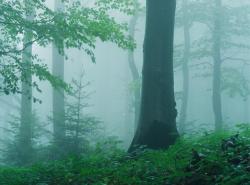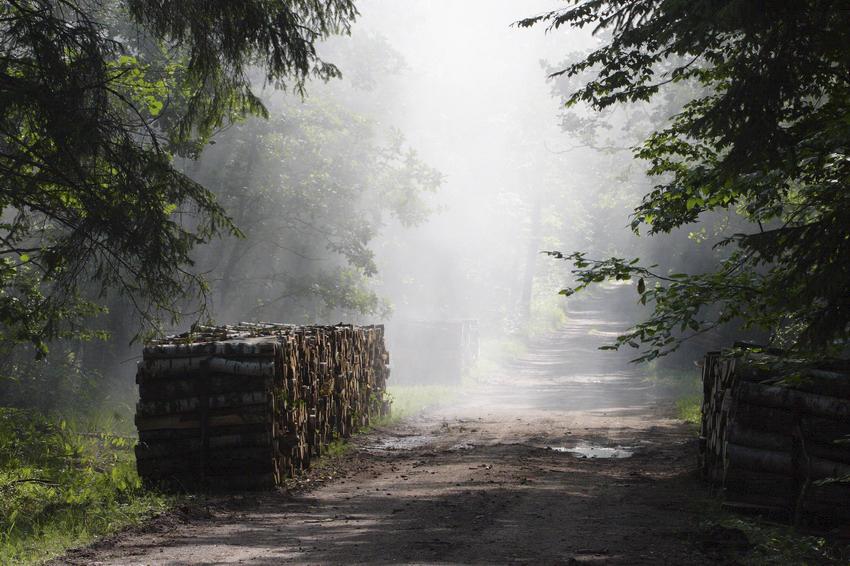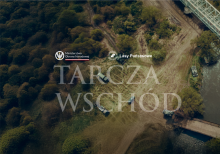 Asset Publisher
Asset Publisher
The State Forests National Forest Holding
The State Forests National Forest Holding is the largest organisation in the European Union managing forests, which belong to the State Treasury and celebrating its 90 anniversary this year.
Presently, we manage the area of one third of Poland's territory. Not long after the end of the Second World War, there was only 21 % of the area. Every year we plant 500 million of new trees, as we want Polish forests grow all the time.
Every year Polish foresters plant 500 million of trees.
85 % of nature reserves in Poland are located within the State Forests. 40 % of the forests managed by General Directorate of the State Forests are protected within the framework of European network Natura 2000. We fight against many threats: natural disasters, plaques of insects, trees' diseases, fires, pollutions, as well as poaching and vandalism.
We take care the forestry supplying the market with timber, as ecological and universal material, to be carried on in accordance with rules of balanced development (photography P.Fabjański).
One of our major tasks is making forests accessible to the society. We invite you to take advantage of these beautifully located within the forest wilderness holiday resorts, forester's lodges or guest rooms. That is for you, we create thousand kilometres of hiking trails, cycling paths or camping sites. All the above mentioned, you can find in service www.czaswlas.pl.
We also take care the forestry supplying the market with timber, as ecological and universal material, to be carried on in accordance with rules of balanced development. We obtain over 30 million of cubic meters of wood annually, twice as much as at the beginning of the nineties of the XX century.
Despite of this, the average of wood abundance per hectare of our forests is one fourth bigger than 20 years ago and 40% bigger than the average of European Union currently amounts.
In Poland in sectors connected with the forestry, there work about 375 thousand of people. It means that each 40 working Pole works in the forest.
In Poland in sectors connected with the forestry, there work about 375 thousand of people. It means that each 40 working Pole works in the forest. The sector of wood processing works out approximately 8 % of our GDP (Gross Domestic Product). Among others, thanks to the timber from the State Forests Poland is the 10 largest producer of furniture in the world, and the 4 largest furniture exporter.
The State Forests employ 25 thousand people. That way we are the 9 biggest employer in Poland. Among the largest companies in our country it takes 22 place in respect of its incomes and 11 place in respect of its profits. The value of assets, we manage, reaches 300 million zl. If we add social values, it will be worth one billion zlotych. We do not use money from the budget, but we earn money on our own to support the business. In spite of the financial crisis, since 2002, we continuously note down profits. Moreover, we pay taxes amounting 1,3 billion zl annually.
87 % of Poles think, the foresters are competent. We willingly share our knowledge of Polish forests, of their history and of nature values with the others. We publish books, periodicals, brochures; we also administer the website www.lasy.gov.pl . For children, the youth and teachers, we prepared internet service "E-lynx' Lynx Forest" (www.erys.pl). Our staff has supported schools in field of nature education for years. We also organise many actions to let people broaden their knowledge about forest, nature and ecology.
 Asset Publisher
Asset Publisher
ZAKUP NIERUCHOMOŚCI W LP - W ODPOWIEDZI NA FAŁSZYWE INFORMACJE MEDIALNE
ZAKUP NIERUCHOMOŚCI W LP - W ODPOWIEDZI NA FAŁSZYWE INFORMACJE MEDIALNE
Wykup lokalu od Lasów Państwowych / Zakup nieruchomości od LP
Lasy Państwowe od roku 1997 sprzedają zbędne lokale mieszkalne zgodnie z zapisami znowelizowanej Ustawy o lasach z 1991 r. Obecni i byli pracownicy, którzy mają co najmniej trzyletni okres zatrudnienia w LP. Posiadają pierwszeństwo w nabyciu lokali, w których mieszkają i których są najemcami. Cena sprzedaży lokalu podlega łącznemu obniżeniu o 6% za każdy rok zatrudnienia w LP i o 3% za każdy rok najmu tego lokalu, przy czym obniżenie nie może wynieść więcej niż 95%. Zniżka dotyczy wszystkich pracowników LP spełniających ww. kryteria, bez wyjątku.
Proces planowanej do sprzedaży nieruchomości jest trzyetapowy:
1. Decyzja nadleśniczego o zbyciu nieruchomości (nieruchomość musi być zakwalifikowana, jako zbędna dla nadleśnictwa)
2. Przygotowanie niezbędnej dokumentacji w tym zakresie (ogłoszenie przetargu)
3. Weryfikacja na dwóch poziomach, tj. rdLp i DGLP, gdzie wydawana jest zgoda Dyrektora Generalnego Lasów Państwowych na sprzedaż
Wykaz nieruchomości przeznaczonych do sprzedaży na podstawie art. 40a Ustawy o lasach z 1991 r. ogłaszany jest w Biuletynie Informacyjnym Lasów Państwowych.
Przed sporządzaniem umowy kupna sprzedaży, w kancelarii notarialnej notariusz dokonuje ostatecznej weryfikacji dokumentów, które służą do przeniesienia własności. Przed zawarciem aktu notarialnego do kancelarii notariusza przekazywany jest protokół uzgodnień/postanowień z jednostki LP celem weryfikacji dokumentacji przed zawarciem umowy w formie aktu notarialnego mający na celu potwierdzenie dokonania czynności prawnej.
Proces sprzedaży nieruchomości przez LP jest złożony i długotrwały. Samo określenie wartości odbywa się poprzez sporządzenie operatu szacunkowego przez uprawnionego rzeczoznawcę majątkowego i od ustalonej wartości nieruchomości. Każdemu uprawnionemu przysługują ulgi regulowane zapisami Ustawy o lasach z 1991r. Uprawnienia oraz bonifikaty dla uprawnionych pracowników/osób określa Ustawa o lasach z 1991 r. oraz Rozporządzenie Ministra Środowiska z dnia 1 października 2013 r. w sprawie szczegółowych zasad i trybu sprzedaży lokali i gruntów z budynkami mieszkalnymi w budowie oraz kryteriów kwalifikowania ich, jako nieprzydatne Lasom Państwowym, a także trybu przeprowadzania przetargu ograniczonego.
fot. A. Bejger


 fot. Paweł Fabijański
fot. Paweł Fabijański
 fot. Paweł Fabijański
fot. Paweł Fabijański
 fot. Paweł Fabijański
fot. Paweł Fabijański






